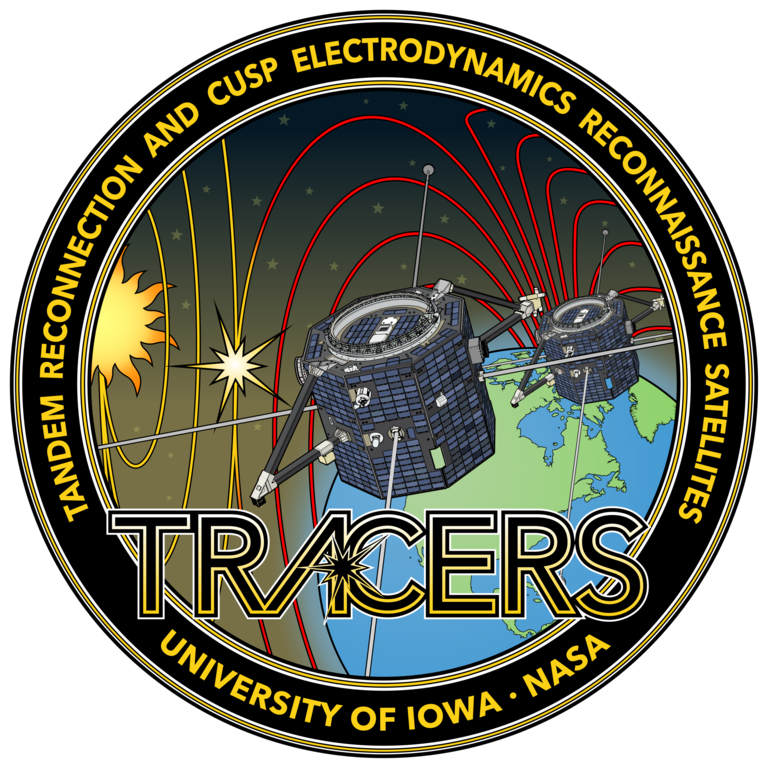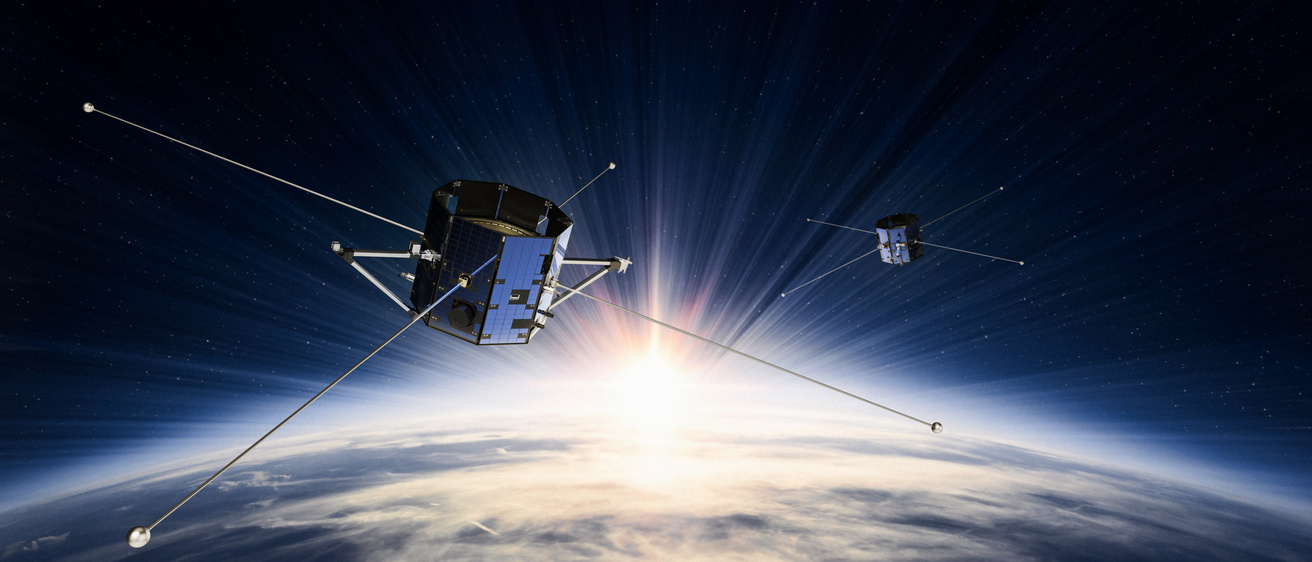Banner image credit: Millennium Space Systems
The MAG instruments, with their measurements of the background magnetic field of plasma, are important in understanding the causes of particle (electrons and ions) signatures within the funnel-shaped cusp region.
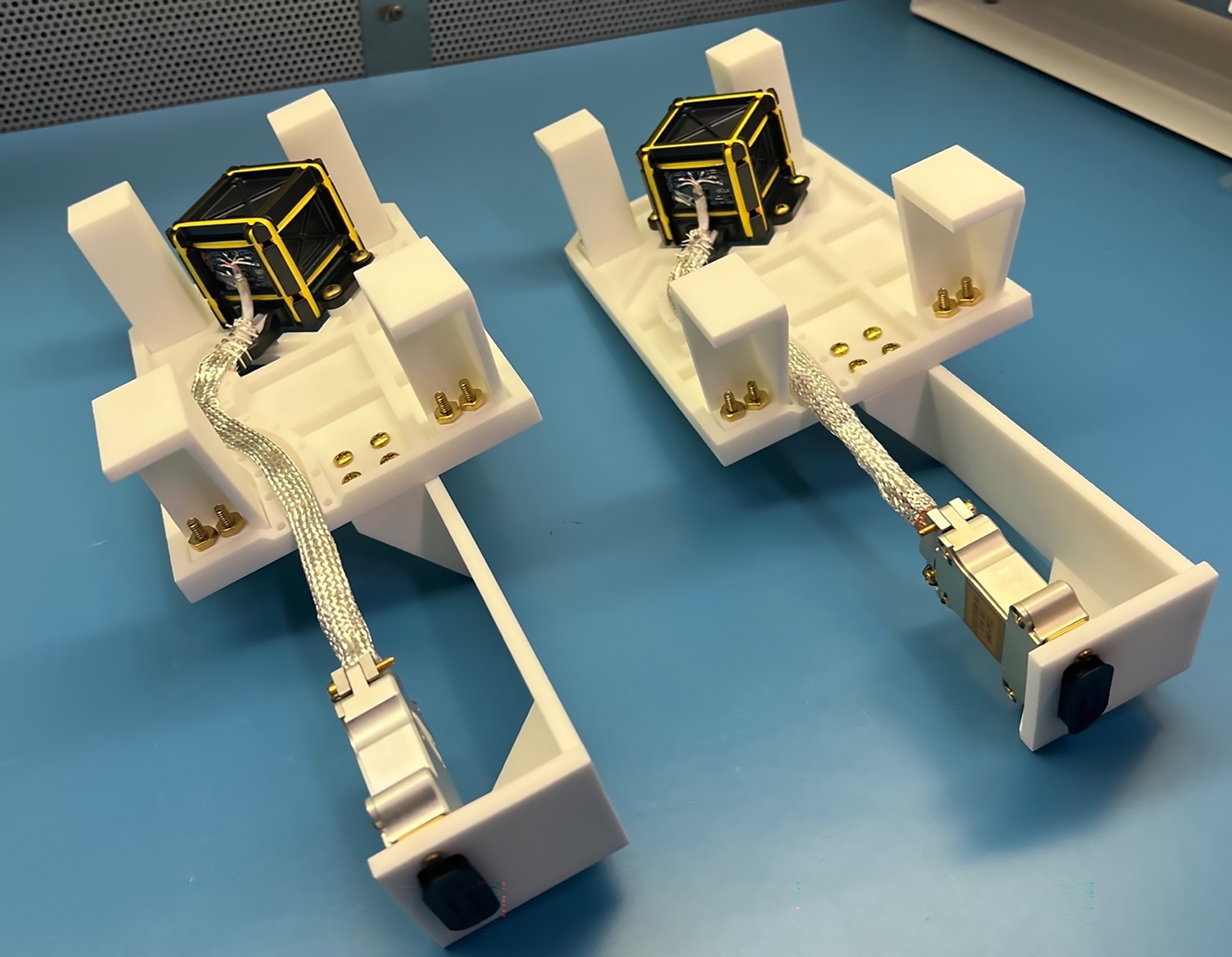
How MAG works
Fluxgate magnetometers have flown on a high percentage of all space science missions and space weather missions to provide high-fidelity measurements of the local magnetic field. The instrument’s performance is limited by the magnetic noise of a specialized ferromagnetic ‘core’.
Fluxgate magnetometers deliver a magnetic field measurement through modulating (gating) the local magnetic field. This is done by periodically saturating a piece of ferromagnetic core material and sensing this modulated magnetic field using a coil of wire. Fluxgate performance is limited by the intrinsic magnetic noise of the core as it enters magnetic saturation.
Technical details
Technical details
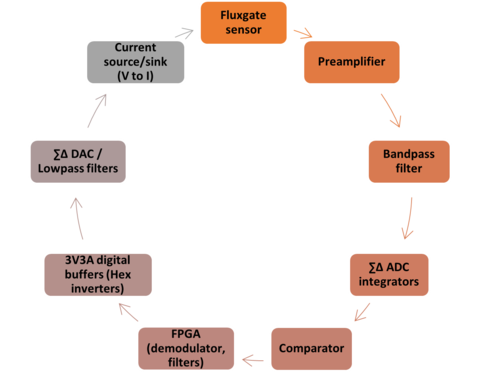
MAG provides important measurements in understanding the causes of the particle signatures that are a primary objective of the TRACERS mission is the quasi-static magnetic field. This is because these fields correspond to deviations from the large-scale (quasi-dipolar) background magnetic field, and are a signature of both local and remote processes. The changes in the magnetic field are caused by currents flowing in the coupled solar-wind – magnetosphere – ionosphere system. In particular, strong deviations in the magnetic field indicate strong coupling, which in turn manifests itself as enhanced signatures in the precipitating particles, as well as secondary responses where plasma is ejected from the ionosphere because of enhanced heating through the dissipation of electromagnetic waves.
| PARAMETER | PERFORMANCE |
|---|---|
| Dynamic Range | +/-64,000 nT |
| Resolution | 10 pT |
| Accuracy | 10 nT |
How we got to MAG
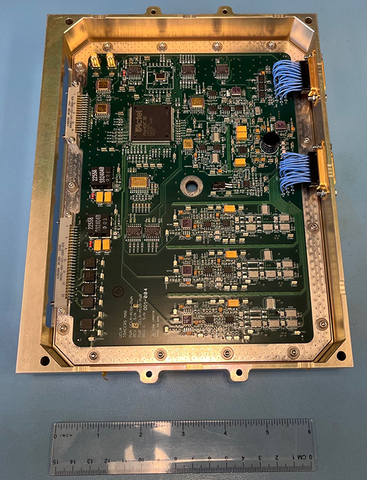
MAG has heritage from the Magnetospheric Multiscale (MMS) and InSight missions, as well as the future Europa Clipper mission for which the magnetometer has already been delivered.
The design for MAG is based on the fluxgate magnetometer design commonly used in space-based magnetometry. For TRACERS, the electronics (see the image to the right) are simplified by eliminating redundancy. Of particular note, MAG has a full Earth field dynamic range with feedback to ensure linear reponse and achieves high data rate to resolve temporal versus spatial variations.
